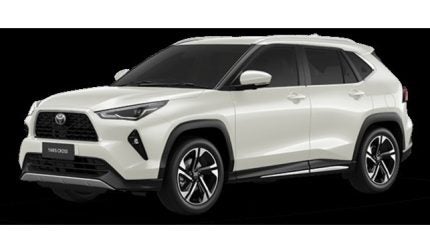
Vietnam’s new vehicle market expanded by 7% to 26,573 units in July 2025 from 24,774 units a year earlier, according to wholesale data released by the Vietnam Automotive Manufacturers Association (VAMA). The data do not include sales by Mercedes-Benz, Hyundai, Tesla, Nissan, domestic automaker VinFast, and some less-established Chinese brands.
VAMA’s members last month continued to enjoy a strong rebound from weak levels a year earlier, driven by strong economic growth in the country. Preliminary government data show the country’s GDP growth accelerated to 8% year-on-year in the second quarter of 2025, up from 6% in the first quarter, driven by strong domestic consumption and exports.

Discover B2B Marketing That Performs
Combine business intelligence and editorial excellence to reach engaged professionals across 36 leading media platforms.
In the first seven months of 2025 the vehicle market expanded by 12% to 157,146 units from 140,423 units a year earlier, according to VAMA data, with sales of passenger vehicles rising by 5% to 107,858 units while commercial vehicle deliveries surged by 29% to 49,288 units.
Truong Hai (Thaco) Group, the local assembler and distributor of several overseas brands and a major player in the commercial vehicle segment, reported a 12% sales rise to 49,700 units in the seven-month period. This includes a 56% jump in Thaco commercial vehicle sales to 15,168 units, and a 15% rise in Mazda sales to 17,402 units, while Kia sales declined by 14% to 14,419 units.
Toyota’s sales surged by 25% to 35,942 units year-to-date, driven by strong Yaris Cross and Vios volumes, while Ford’s sales rose by 24% to 25,839 units; Mitsubishi 19,024 units (+3%).; and Honda 13,850 units (+7%).
VinFast had yet to release its July sales data, with first-half domestic deliveries amounting to 67,569 battery electric vehicles (BEVs), while Hyundai’s sales dropped slightly to 24,204 units.

US Tariffs are shifting - will you react or anticipate?
Don’t let policy changes catch you off guard. Stay proactive with real-time data and expert analysis.
By GlobalDataThe Vietnamese Ministry of Finance announced in March that it has extended the vehicle registration tax exemption for battery electric vehicles (BEVs) until the end of February 2027, extending the benefit for an additional two years. In July the government introduced minimum production volumes for vehicle manufacturers looking to benefit from preferential import tariffs on automotive components.






